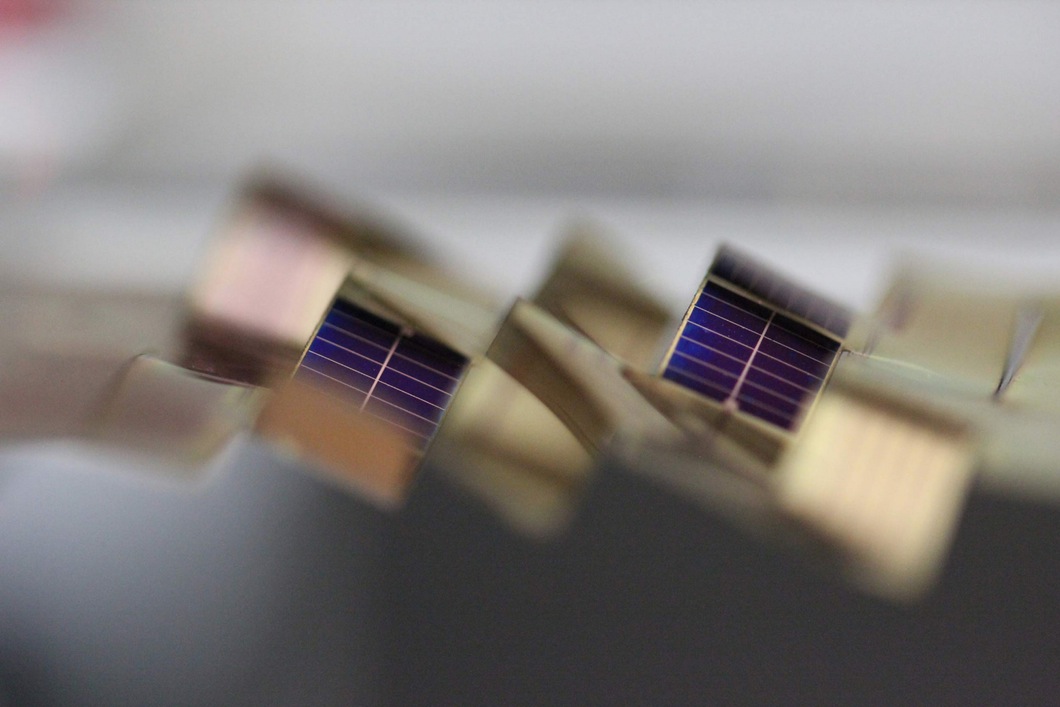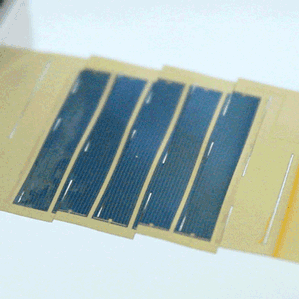Engineers at the University of Michigan have developed an innovative array of solar cells that can capture up to 40% more energy than conventional fixed solar cells. Inspired by kirigami, which is the ancient art of Japanese paper cutting, the solar cells are aimed at different angles, allowing for part of the array to always be perpendicular to the sun’s rays.
![]()
The University of Michigan has developed solar cells that can track the sun. Image source: University of Michigan.
By consulting with paper artist Matthew Shlian, who is also a lecturer at the university, the engineers learned about kirigami patterns that would suit their purposes. The patterns consisted of stacked lines of dashes cut into a piece of paper. Though that may not seem like much, doctoral student Aaron Lamoureux and associate professor Max Shtein then reproduced an advanced version of that pattern on a sheet of Kapton plastic that already had individual solar cells adhered to it.
When left alone, that sheet sits flat, but when it’s stretched, the strips of plastic between the cuts, and the solar cells that are on them, twist to one side. It’s also possible to control how much they twist by modulating the degree to which the sheet is stretched. Even when they’re mounted under glass in a flat photovoltaic panel, the cells can turn to stay facing the sun, even though the panel itself doesn’t.

The team at the University of Michigan explored different patterns. Image source: University of Michigan.
Although the team tested more complex designs, the simplest pattern worked best. With cuts such as rows of dashes, the plastic pulled apart into a basic mesh. The interconnected strips of Kapton tilt at different angles in proportion to how much the mesh is stretched, to an accuracy of about one degree.

Cuts in plastic substrate allow for an array of solar cells tilted at different angles. Image source: University of Michigan.
However, there was one design that worked out better than the others, but it was impossible to make at the university because the solar cells would have had to be long and narrow. The cells became too long to fit into the chambers used to make the prototypes on campus, but the team is looking into alternative options.
“We think it has significant potential, and we’re actively pursuing realistic applications,” said Shtein. “It could ultimately reduce the cost of solar electricity.”
Source: University of Michigan
Advertisement
Learn more about Electronic Products Magazine





